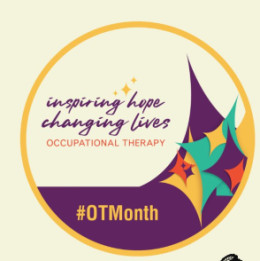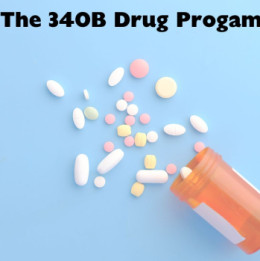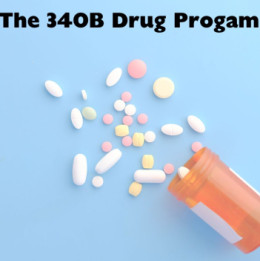Posted On: January 8, 2020 by Community HealthCare System in: Community health news

If you ask a classroom full of local students from 5th through 12th grade if they vape or know someone who vapes, nearly all of the kids will raise their hands.
That’s what Merica Surdez, advanced practice registered nurse at Community HealthCare System, found when she decided to help area schools teach students about the dangers of e-cigarettes.
Vaping uses an e-cigarette, a battery-powered device that comes in many shapes and sizes, to heat up a liquid to create an aerosol or smoke. The liquid, which is sometimes known as juice and comes in a pod, is available in flavors such as bubble gum or fruit that appeal to kids. One pod contains 0.7 milliliters of juice and as much nicotine as an entire pack of cigarettes, and even “nicotine-free” pods contain nicotine, which is highly addictive. According to Surdez, the nicotine itself is just the first in a list of the drawbacks of vaping. The liquid can contain many different ingredients that are harmful.
“Vaping is thought to be safer than smoking traditional cigarettes, but vape smoke is far from harmless water vapor. The smoke inhaled from vaping is often a mixture of harmful chemicals such as diacetyl, benzene, formaldehyde, acrolein, and heavy metals,” Surdez said.
Diacetyl has been linked to serious lung injury, benzene is found in car exhaust, formaldehyde is known to cause cancer, and acrolein is used as a weed killer and can cause irreversible lung damage. “Dank vapes” that are refilled and sold contain vitamin E acetate, which is added to create a heavier smoke and the illusion of a higher-quality product.
Surdez said that because e-cigarettes have been around for only about a decade, we don’t yet know all of the consequences of vaping. Alteration in brain development is one concern in young people, because brain development continues until about age 25.
“Using nicotine during this time can harm parts of the brain that control attention, learning, mood, and impulse control,” Surdez said. Other side effects include decreased athletic performance and greater risk of lung infections. “You’re not only more likely to get sick from the cold or flu if you vape, but when you do get sick, your lungs are not going to be able to fight off the infection like someone who does not vape,” she said.
EVALI, which stands for E-Cigarette, or Vaping, Associated Lung Injury, is also a concern. As of November 5, 2019, the Centers for Disease Control had received reports of more than 1,000 lung injury cases from 48 states, with 39 deaths confirmed. Almost 80% of the cases were in patients under 34 years of age, and 38% were under age 21. Doctors are seeing inflammation but no infection, so the condition is not treatable with antibiotics, and they find chemical burns and lipoid pneumonia caused by fats, perhaps from vape oil. “The only known treatment at this time is steroids and assistance with breathing,” Surdez said.
Surdez addressed middle school and high school students from Onaga and Frankfort in November and December, and she will visit Centralia this month. She hopes the information she delivers will help young people make good decisions when confronted with the choice of whether to vape. “According to national statistics, when asked why they choose to vape, 39% say a friend or family member vapes, 31% say the availability of flavors, and 17% cite the belief that e-cigarettes are less harmful than other forms of tobacco. I hope after hearing my presentation students will realize there are good reasons to avoid vaping,” Surdez said.
Tom Schroeder, Frankfort High School Counselor and reading teacher, said Surdez’s presentation offered valuable context to the students. “Merica did an outstanding job connecting with the students about the dangers of vaping. She provided updated information about the vaping industry. Students now know factual information about this dangerous industry,” Schroeder said.
Surdez said help for those who want to quit smoking is available from healthcare providers. The American Lung Association Lung HelpLine and Tobacco QuitLine offer free access to expert help. Call 1-800-LUNGUSA or visit www.lung.org/helpline. Resources to help parents talk to youth about the risks of vaping are available from the Centers for Disease Control. Visit https://www.cdc.gov/tobacco/basic_information/ and select Electronic Cigarettes from the menu on the left side of the page.










0 comments